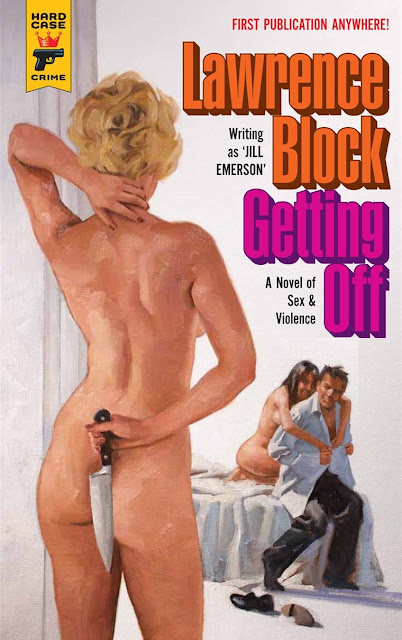 |
| Elisha Hincks (or Hinks) was wounded three times during the Civil War: at Antietam, Fredericksburg and Cold Harbor. (Photo Mollus Civil War Collection) |
 |
| Christopher Pelkey |
Here are Pelkey's fascinating accounts of his ancestors' Civil War exploits, along with some quick research from yours truly:
EDWARD WINSLOW HINCKS
Pelkey: "Edward Winslow Hincks was born in Bucksport, Maine. He received no more than a regular public education. He was a printing apprentice in Bangor, Maine and then moved to the Boston area in the 1850s. He became involved in politics. In 1859, he was appointed adjutant of the 8th Regiment of Massachusetts militia. In December 1860, when Major Robert Anderson was holding Fort Moultrie and expecting attack by the forces of South Carolina, he offered his services for the defense of the fort in a letter that brought grateful acknowledgment from Major Anderson. On this ground, he has been spoken of as the first volunteer of the war. His story is a long and glorious one! Eventually he became a brevetted major general. He commanded the 19th Massachusetts Infantry Regiment, which saw some really tough action, including at Antietam and Gettysburg."
 |
| Like his brother Elisha, Edward Hincks was wounded at Antietam. |
At Antietam, "Col. Hinks fell wounded with a bullet through the right arm, fracturing and shattering the bone, and another through the abdomen, passing from over the right hip in front, penetrating the colon, and out on the left side of the spine, in the region of the kidneys; from which wound he has never fully recovered." Hincks' wounds were thought to be mortal, and obituary notices even appeared in Massachusetts newspapers. Dr. Alfred Hitchcock -- no, not that Alfred Hitchcock -- visited the gravely wounded Hincks and noted that "a miracle only can save him." (2)
Well, Hincks got his miracle and eventually returned to service. Edward served in the U.S. army until 1870. (3)
ELISHA ALBERT HINCKS
Pelkey: "Elisha Albert Hincks is my great-great grandfather. He enlisted in the 19th Massachusetts as their commissary sergeant when his brother, Edward, took command. He eventually was commissioned and attained the rank of captain. He retired as a brevetted lieutenant colonel. Both he and his brother were wounded several times. There's a great story where he almost met his demise accidentally when they were policing homes door to door. At the time he was a lieutenant. His captain took his musket and bashed in a door. When he did, the musket went off and the ball went through my great-great grandfather's beard! They had a wicked argument and the captain threatened to file charges, but because he nearly killed his subordinate by doing something stupid, he never did!"
My quick research: Elisha was wounded three times during the Civil War: at Antietam on Sept. 17, 1862 (abdomen), at Frederickburg on Dec. 13, 1862 and at Cold Harbor (severe right shoulder wound) on June 3, 1864. (4)
WILLIAM BLISS HINCKS
 |
| William Hincks was awarded the Congressional Medal of Honor for capturing a Rebel flag at Gettysburg. |
Pelkey: "William Bliss Hincks was the nephew of Elisha and Edward (my first cousin four times removed.) He won the Congressional Medal of Honor at Gettysburg for a real-life game of capture the flag! He ran right into the midst of the 14th Tennessee and stole their colors and ran back to his lines unscathed! He was attached to the 14th Connecticut. My wife's maiden name is Hawley. She comes from a long line of Hawleys from Connecticut. There is a good story where William B. Hincks was fighting alongside of a fella named William Hawley, who after some research turns out to be her first cousin four times removed. William Hawley was killed in battle."
My quick research: According to the Congressional Medal of Honor website, Hincks' medal was issued on Dec. 1, 1864 for his actions during Pickett's Charge on July 3, 1863. "Upon a call for volunteers by Maj. Ellis, commanding, to capture this flag, this soldier and 2 others leaped the wall," according to an account on the site. "One companion was instantly shot. Sgt. Maj. Hincks outran his remaining companion running straight and swift for the colors amid a storm of shot. Swinging his saber over the prostrate Confederates and uttering a terrific yell, he seized the flag and hastily returned to his lines. The 14th Tenn. carried 12 battle honors on its flag. The devotion to duty shown by Sgt. Maj. Hincks gave encouragement to many of his comrades at a crucial moment of the battle." Hincks is buried in Bridgeport, Conn.
Interestingly (at least to me), William Hawley served in the 14th Connecticut with Edward Wadhams, one of three brothers from Litchfield, Conn, whose backgrounds I have been researching off and on for a couple years. The brothers were killed in an 18-day span in Virginia in late May and early June 1864.
(1) "Massachusetts in the Rebellion," P.C. Headley, 1866, Page 258
(2) Ibid, Page 263
(2) American Civil War Research Database
(3) Ibid.

















































